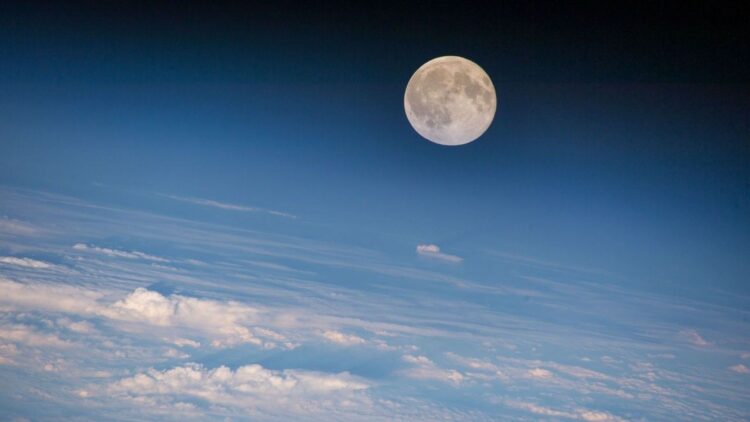Oxygen ion irradiation from Earth’s wind drives oxide formation on the lunar surface, causing the Moon to oxidize due to the wind blowing from Earth. “This finding provides credible evidence for the presence of Fe₂O₃ on the lunar surface, challenging the traditional understanding of the lunar surface,” the scientists wrote in a study published in Science Advances. The finding allows for a deeper understanding of the interactions between Earth and the Moon, demonstrating how the satellite holds a geological record of both bodies.
Scientists from the Macao University of Science and Technology in China discovered that the Moon is oxidizing
The fact is that until now, it was believed that the lunar surface was a strongly reducing environment—essentially the opposite of oxidation—and previously obtained samples showed no iron oxides. The new data goes beyond that assumption. Scientists from the Macao University of Science and Technology in China discovered that the Moon is oxidizing as a result of particles being transported to its surface from Earth.
The study proposes that Earth’s winds transport certain components that convert lunar minerals into hematite, a traditional iron oxide
A team of scientists led by China has discovered tiny grains of hematite and maghemite in materials extracted from the Aitken Basin, at the south pole of the far side of the Moon, by the Chang’e 6 probe. The study, published in the journal Geophysical Research Letters, proposes that Earth’s winds transport certain components that convert lunar minerals into hematite, a traditional iron oxide. These iron oxides are more readily found in rusty tools on Earth than on our completely dry satellite.
Researchers assert that this is not Earth’s usual routine, which involves being surrounded by moisture and oxygen
Speaking of precise data, recent laboratory experiments and physical analyses show that oxygen ions from Earth’s upper atmosphere, carried by what specialists call “Earth wind,” can settle in lunar regolith and oxidize iron-rich minerals, forming hematite. Therefore, researchers assert that this is not Earth’s usual routine, which involves being surrounded by moisture and oxygen. Instead, they argue that impacts from giant asteroids or comets created localized and momentary oxidizing bursts, ejecting material, briefly mixing it with oxygen-rich gases, melting it, and allowing the iron to oxidize into hematite and maghemite.
This phenomenon is not permanent; it occurs mainly when the Earth passes between the Sun and the Moon, blocking most of the usual solar wind
These grains of rust could even be linked to ancient mysteries, such as the strange magnetic spots on the Moon, since iron oxides can carry magnetic signatures. These grains are micrometer-sized and buried deep in the soil, meaning the effect was fleeting and extremely localized. According to experts, this phenomenon is not permanent; it occurs mainly when the Earth passes between the Sun and the Moon, blocking most of the usual solar wind. During those days, estimated to be about five per month, the Moon is exposed primarily to particles originating from Earth’s magnetosphere.
Finally, the researchers observed how a large-scale material exchange between Earth and the Moon, driven by atmospheric and magnetospheric processes, leaves a striking imprint on the minerals that make up the lunar surface. And to be precise, these aren’t the typical flakes of a worn garden shed, but rather tiny iron oxide crystals formed under extreme conditions. In this way, the Moon becomes a physical record of the interaction between the satellite and our planet on geological timescales, providing information about the variability of Earth’s magnetosphere, ion flow, and even past environmental events. Ultimately, this gives scientists new data on lunar behavior, which is essential for understanding other types of phenomena.

